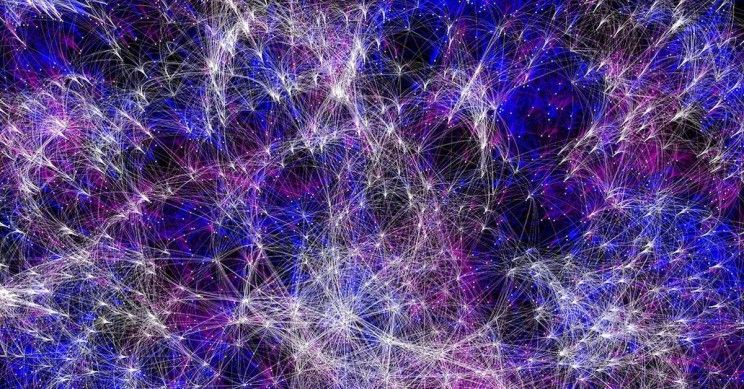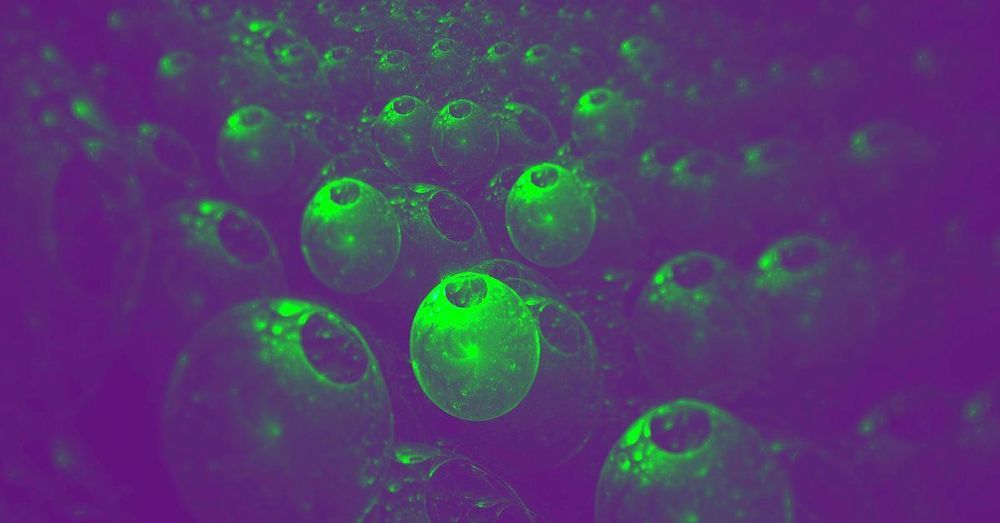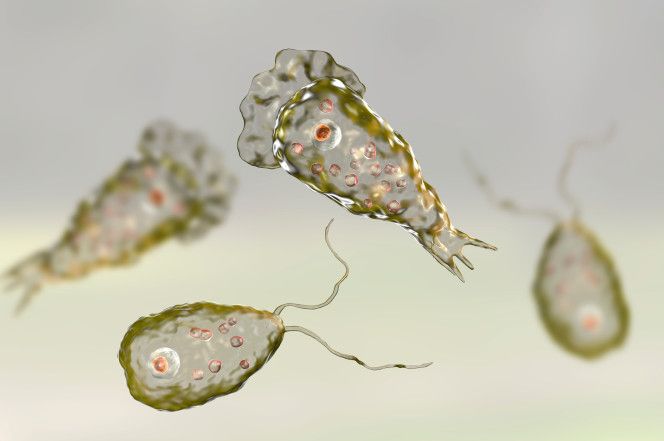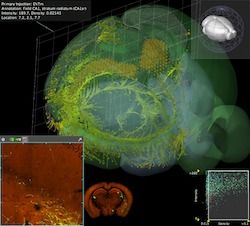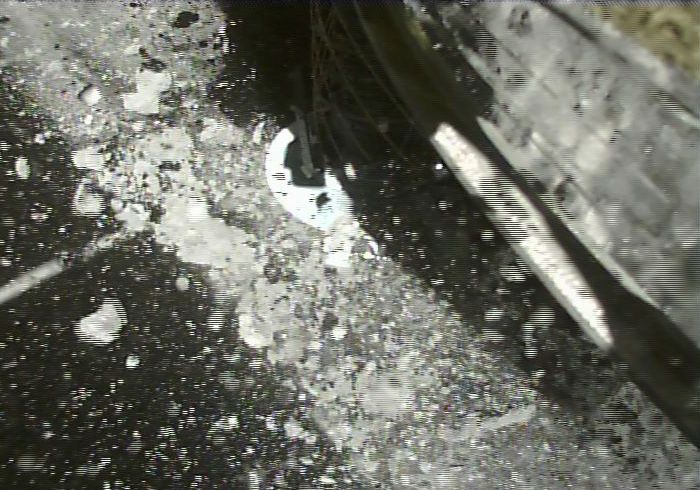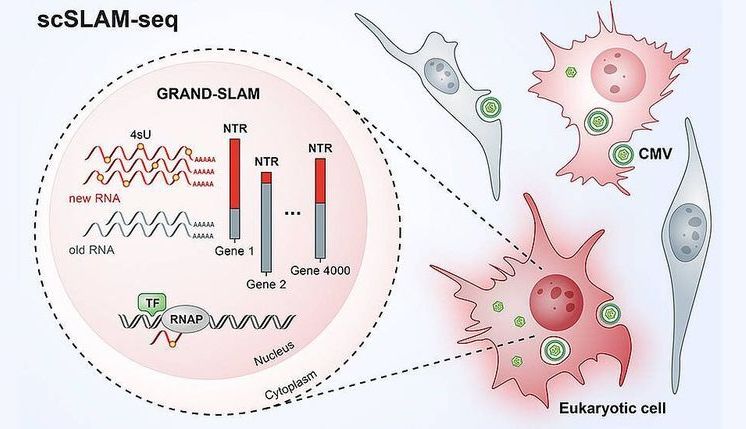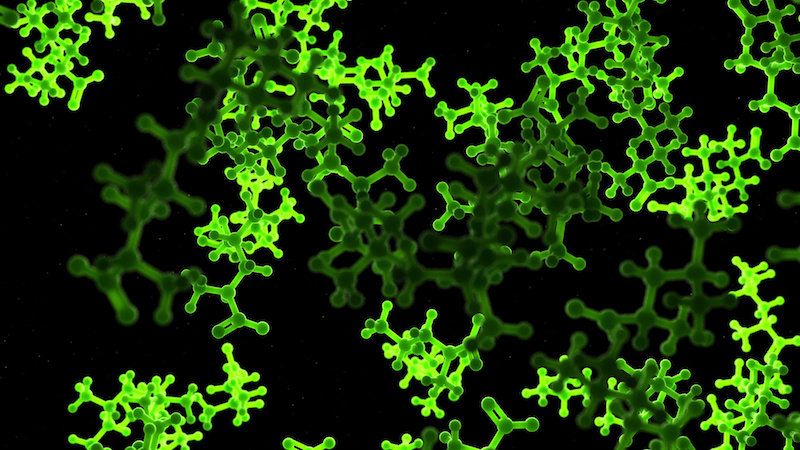An AI-powered website can produce a non-stop stream of believable fake faces.
The concept of super-asymmetry is related to super-symmetry string theory.
In particle physics, “supersymmetry” is a proposed type of space-time symmetry that relates two basic classes of elementary particles: bosons, which have an integer-valued spin, and fermions, which have a half-integer spin. Each particle from one group is associated with a particle from the other, known as its super-partner, the spin of which differs by a half-integer.
While most of the science discussed in the show has it’s basis with real-world science, the concept of super-asymmetry is fairly unique to the world of “The Big Bang Theory”. Amy and Sheldon are working on a new theory or concept for string theory and appear to be on the road to a Nobel Prize.
It appears that the physics of information holds the key to the solution of the Fermi Paradox — indications are that we most likely live in a “Syntellect Chrysalis” (or our “second womb”) instead of a “cosmic jungle.”
Within the next few decades, we’ll transcend our biology by leaving today’s organic Chrysalis behind, by leaving our second womb, by leaving our cradle, if speaking in tropes.
This particular version of “human universe” is what we “see” from within our dimensional cocoon, it’s a construct of our minds but by no means represents objective reality “out there” including our most advanced models such as M-theory that are only approximations at best.
Circa 2018
The symmetries that govern the world of elementary particles at the most elementary level could be radically different from what has so far been thought. This surprising conclusion emerges from new work published by theoreticians from Warsaw and Potsdam. The scheme they posit unifies all the forces of nature in a way that is consistent with existing observations and anticipates the existence of new particles with unusual properties, which may even be present in our close environs.
For half a century, physicists have been trying to construct a theory that brings together all four fundamental forces of nature, describes the known elementary particles and predicts the existence of new ones. So far these attempts have not found experimental confirmation and the Standard Model — an old and surely incomplete, but still surprisingly effective theoretical construct — has successfully remained in use for years as our best description of the quantum world. In a recent paper in Physical Review Letters, Prof. Krzysztof Meissner from the Institute of Theoretical Physics, Faculty of Physics, University of Warsaw, and Prof. Hermann Nicolai from the Max-Planck-Institut für Gravitationsphysik in Potsdam have presented a new scheme generalizing the Standard Model that incorporates gravitation into the description. The shortcomings of previous attempts were overcome through the application of a kind of symmetry not previously used in the description of elementary particles.
In physics, symmetries are understood somewhat differently than in the colloquial sense of the word. For instance, note that whether we drop a ball from the same spot now or one minute from now, it will still fall in the same way. That is a manifestation of a certain symmetry: the laws of physics remain unchanged with respect to shifts in time. Similarly, we can drop the ball while standing and facing once in a southward direction, once westward, or we can drop it from the same height in one location, then another. The ball will still fall in the same way in both cases, which means that the laws of physics are symmetrical also with respect to the operations of rotation and spatial displacement, respectively.
They are found in many freshwater lakes.
A potentially deadly brain-eating amoeba has been detected in a Louisiana neighborhood’s drinking water — the third time the terrifying discovery has been made in the same parish since 2015, reports said.
Naegleria fowleri, which causes fatal brain swelling and tissue destruction, was found over the weekend in Terrebonne Parish, deep in the Louisiana bayou about an hour south of New Orleans, WWL-TV reported.
Allen Brain Explorer
Posted in neuroscience, space
The Allen Brain Explorer (beta) is an application that allows users to browse multimodal datasets in an annotated 3D spatial framework. This new application is an integrated web-based navigator, allowing users to explore the Allen Mouse Brain Connectivity Atlas projection data and Allen Reference Atlas (ARA) in a standardized coordinate space.
The Brain Explorer 2 software is a desktop application for viewing the Allen Mouse Brain Connectivity Atlas projection data and the Allen Mouse Brain Atlas gene expression data in the framework of the Allen Reference Atlas (ARA). This downloadable software will be discontinued in 2019, as improved functionality and new features will be available via the integrated web-based platform. Updates to this software will be discontinued after that time.
Thanks to Audible for sponsoring today’s video. Get your free 30 day trial, one free audiobook, and 2 audible originals here! http://www.audible.com/jaredowen OR text “jaredowen” to 500 500.
The Apollo Lunar Module was the part of the Apollo Spacecraft that landed on the moon. The LM was split up into two parts — the ascent stage and descent stage. For the landing, both parts went to the surface of the moon. When it’s time the leave only the ascent stage leaves the surface. The descent stage has fuel and oxidizer tanks in the center compartments. Equipment was also stored in the outer corners — these were called quadrants. They stored items such as the Lunar Roving Vehicle, scientific experiments, a camera, and water and oxygen tanks. The ascent stage was where the astronauts lived. It had the controls, two windows, more equipment, a docking hatch, and the engine to leave the lunar surface.
Support me on Patreon: http://www.patreon.com/JaredOwenAnimations
Follow me on social media!
Cameras on Hayabusa2 captured incredible images during the spacecraft’s second sampling maneuver, which took place on July 10, 2019.
Each cell works differently.
When viruses enter the body, such as during an influenza or a gastrointestinal infection, the processes within the infected cells change: In the worst case, the virus takes the helm and reprograms the cell to its advantage. It then produces viral components on a massive scale allowing the intruder to multiply exponentially.
In other cells, however, the virus may be successfully eliminated by the activation of cellular defense mechanisms. But how can it be that one cell is overrun and another succeeds in getting the virus under control? How quickly do individual cells react to a viral attack and which protective genes are activated?
Scientists at the Julius Maximilian University of Würzburg and the Helmholtz Institute for RNA-based Infection Research (HIRI) in Würzburg have investigated these questions. They have developed a new method, scSLAM-seq, which enables them to track the activity of thousands of genes in individual cells over several hours. For the first time, the researchers were able to explain why some cells are successfully infected by a virus, whereas others are not. In addition, they also gained fundamental new insights into the regulation of genes. Their results are published in the July, 18th issue of the scientific journal Nature.
Peptides, one of the fundamental building blocks of life, can be formed from the primitive precursors of amino acids under conditions similar to those expected on the primordial Earth, finds a new UCL study.
The findings, published in Nature, could be a missing piece of the puzzle of how life first formed.
“Peptides, which are chains of amino acids, are an absolutely essential element of all life on Earth. They form the fabric of proteins, which serve as catalysts for biological processes, but they themselves require enzymes to control their formation from amino acids,” explained the study’s lead author, Dr Matthew Powner (UCL Chemistry).

